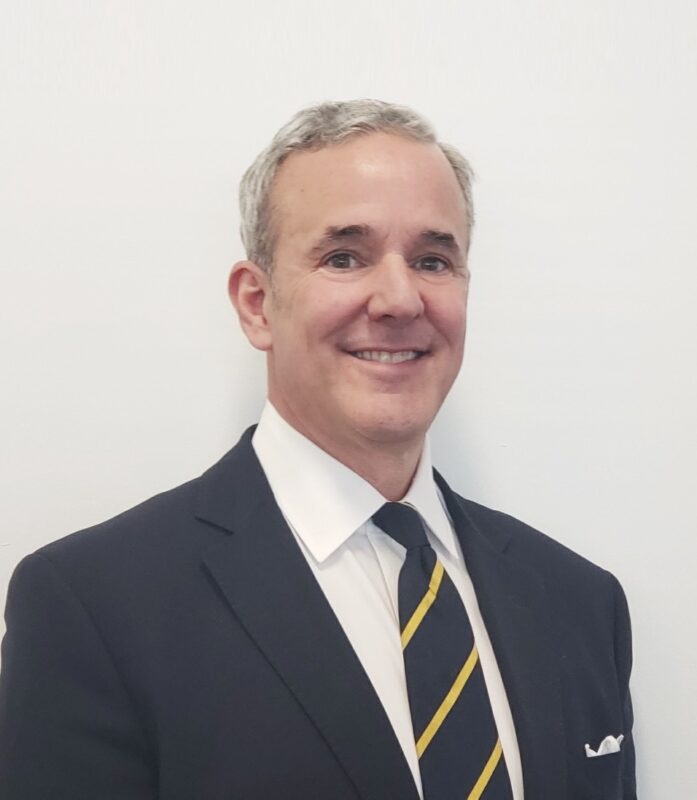
In recent years, government has developed a hunger for modernized technologies — cloud, artificial intelligence, IT as-a-service. But federal agencies and government contracting companies struggle to meet the staffing demands surrounding these upgraded offerings.
1901 Group Executive Vice President and Chief Strategy Officer George Batsakis is part of the leadership team that has been developing a vision for new ways to meet this emerging need. They call it the Workforce the Future 4.0 plan. It rests on two basic ideas: Get outside the Beltway to find fresh talent, and cross-train people to work on a broad range of IT implementations.
“We’re in a phase where technology is going to move faster than ever, and we need a systematic way to develop that workforce,” Batsakis said.
He encourages GovCons to take a broader-based geographic approach to both recruiting and service delivery. For example, 1901 Group has opened a delivery center in Blacksburg, Virginia, home to Virginia Tech.
“From a workforce development perspective, we’re getting a lot of benefit from being literally on campus, at a premier academic institution with an engineering focus,” Batsakis said.
There are multiple advantages to getting outside the National Capital Region.
“You can build your workforce there without all of these competing companies,” Batsakis said. “For our employees, it’s a region that’s attractive for people to live in. A lot of times, they can return home to that region.”
Small towns and rural areas also may be highly receptive to the presence of a high-tech employer.
“You’re bringing an economic boost to a place that may have been left behind in the more recent economic advancements,” Batsakis said. “We don’t consider our rural areas or even our smaller cities as hotbeds of technology. The more ‘left behind’ those economies are, the hungrier they are for this kind of thing.”
This geographic strategy aids not just with recruitment but also retention. Employees in and around the D.C. Beltway tend to get cherry picked, in what some GovCons find to be a never-ending circle. Without the constant enticements — better benefits here, slightly more money there — rural employees tend to stick around a lot longer.
For the model to work, though, GovCons need to invest in their people. They need clearly defined career paths and training programs that enable workers to adapt their specific skills.
“We’re a managed services provider,” Batsakis said. “That means, we have a technology platform you can enter in at the entry level and work a service desk, and then build your career over time and move up to cloud migrations, application development, more senior cybersecurity roles.”
For that to happen, GovCons need to take a proactive role in talent management.
“You do it by creating clear pathways, by partnering the more junior workforce with more senior people, by providing good feedback and advice,” Batsakis said.
The model works best when companies themselves take advantage of the modernized systems that government is seeking to adopt. As an integrated delivery platform that includes a cloud migration factory, cybersecurity network services and IT service management, 1901 Group is able to make geography a trivial concern by delivering all its key services remotely.
“Everyone is working on a similar technology platform, our managed services platform, and they can go from contract to contract: They might be delivering to the Department of Justice on one day, and the Department of Army two weeks later,” Batsakis said.
In fact, he argues, this kind of business model responds directly to government’s current IT priorities. Agencies want to be faster, more nimble. That ought to give GovCons a cue as to how best to support modernization.
“We can’t anymore afford to stamp out program teams that are purpose-built for each specific project,” Batsakis said. “A platform that can deliver from one to many customers is more efficient for customers, and it’s also completely feasible with today’s technology. Agencies are supported by a workforce that can plug in and cross-fertilize across those functions, and can grow as the platform grows. As we add more automation in the platform, we’re freeing up more labor to do more design and engineering work.”
The final piece of this picture comes from the government side. If a service-delivery model enables GovCons to cast a wider net, sourcing talent from more distant geographies, agencies will need to adjust their internal processes to make best use of these offerings.
“From the government-consumer perspective, there’s the RFP where you specify ‘this person has this many years of experience and this many degrees.’ That limits the number of people that are available to you,” Batsakis said.
It would make more sense, given the trajectory of modern technologies, to shift toward a consumption-based service model.
“We can take talent that may not have the four or five years of experience, but can deliver as part of a team,” Batsakis said. “When people get into that model, they’re actually building relevant skills, as opposed to building qualifications that are specified in an RFP.”
For GovCons looking to implement this model, Batsakis says it’s important to make location the starting point.
“Having an academic institution, a university, is a good part of it,” he said. “It’s also about having a community where they’re hungry for a good-quality economic boost in jobs. There are a lot of counties and towns out there that have a meaningful reason to want to participate and contribute to the re-skilling of their workforce, to drive better economic results in their area.”

